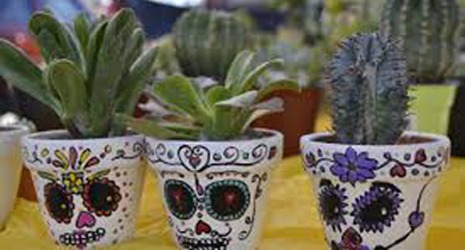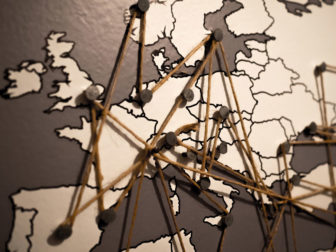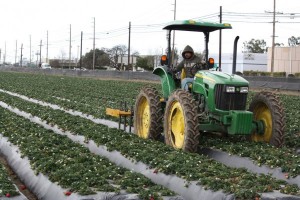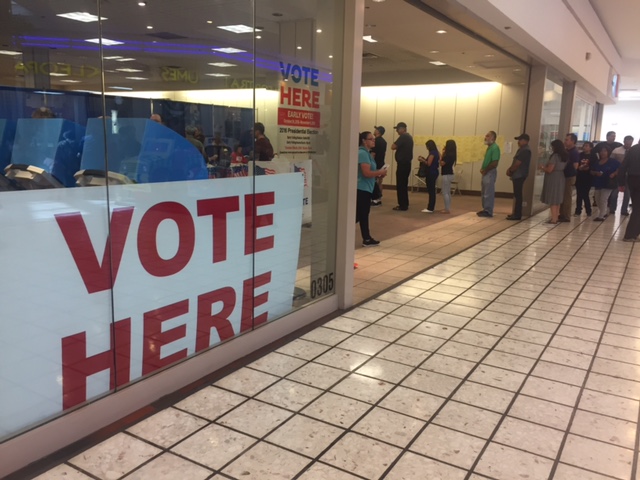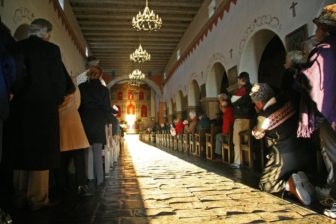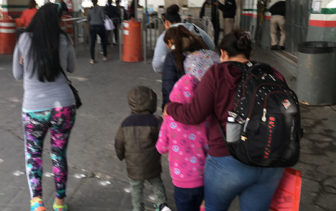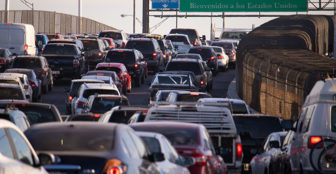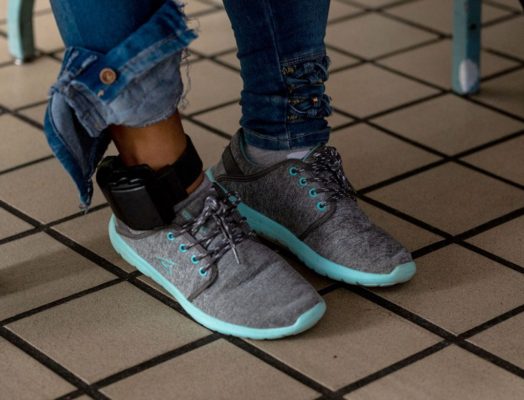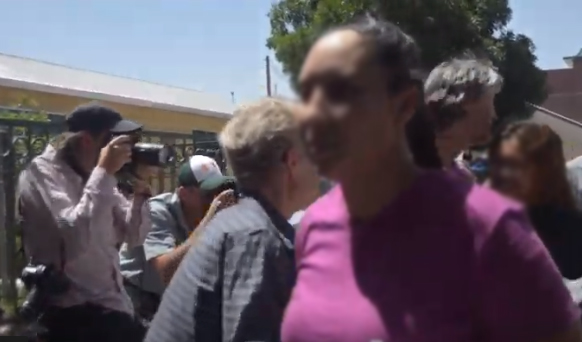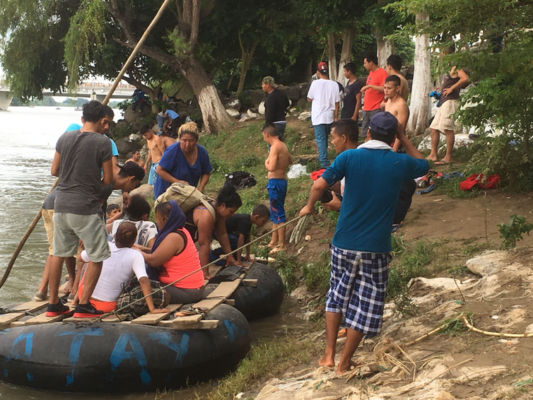By Antino Kim, Indiana University; Alan R. Dennis, Indiana University; Patricia L. Moravec, University of Texas at Austin, and Randall K. Minas, University of Hawaii
Online misinformation has significant real-life consequences, such as measles outbreaks and encouraging racist mass murderers. Online misinformation can have political consequences as well. The problem of disinformation and propaganda misleading social media users was serious in 2016, continued unabated in 2018 and is expected to be even more severe in the coming 2020 election cycle in the U.S.
Most people think they can detect deception efforts online, but in our recent research, fewer than 20% of participants were actually able to correctly identify intentionally misleading content. The rest did no better than they would have if they flipped a coin to decide what was real and what wasn’t.
Both psychological and neurological evidence shows that people are more likely to believe and pay attention to information that aligns with their political views – regardless of whether it’s true.

